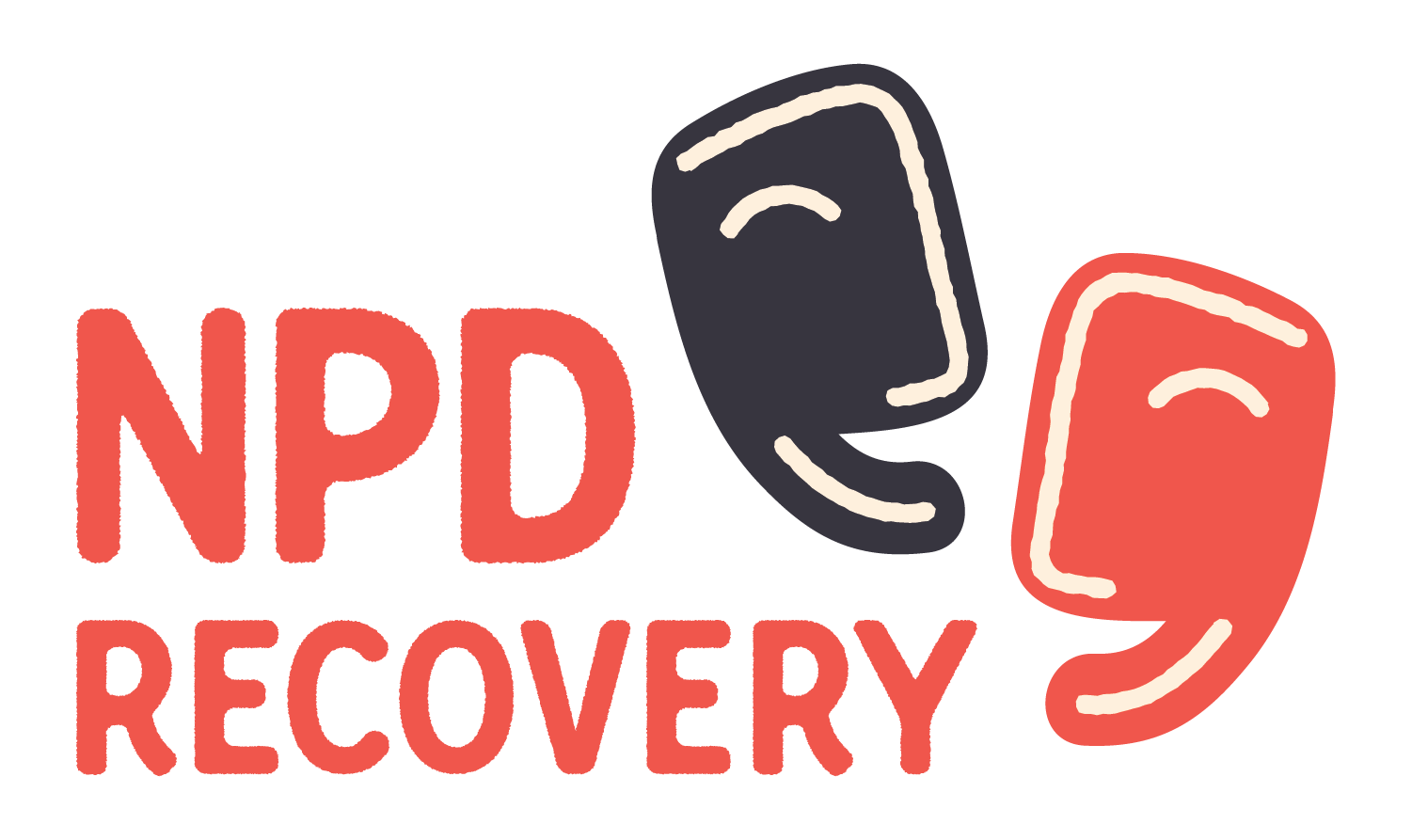therapy guides
Treatment Goals for Narcissistic Traits in Therapy
This page outlines common treatment goals across narcissistic presentations, including both grandiose and vulnerable forms, and high-functioning and low-functioning expressions.
People with narcissistic traits come to therapy for many reasons—shame, burnout, emotional dysregulation, failed relationships, existential crisis, or just a quiet sense that something isn’t working. But narcissism is complex. It can look like arrogance or emptiness. Grandiosity or self-loathing. Perfectionism or collapse. So the goals of therapy aren’t one-size-fits-all.
1
What Do We Mean by “Treatment Goals”?
Therapy is not about “fixing” who you are—it’s about building a life that feels more real, connected, and manageable.
For someone with narcissistic traits, treatment goals often involve:
• Reconnecting to a stable and integrated sense of self
• Building the capacity for genuine emotional intimacy
• Reducing reliance on defensive patterns like superiority, withdrawal, or blame
• Increasing flexibility in thinking, identity, and relationships
• Developing a compassionate but accountable internal voice
For someone with narcissistic traits, treatment goals often involve:
• Reconnecting to a stable and integrated sense of self
• Building the capacity for genuine emotional intimacy
• Reducing reliance on defensive patterns like superiority, withdrawal, or blame
• Increasing flexibility in thinking, identity, and relationships
• Developing a compassionate but accountable internal voice
2
Grandiose Narcissism Treatment Goals
High-Functioning Presentation (e.g., CEOs, influencers, “golden child” types):
• Develop emotional tolerance for failure, criticism, or lack of recognition
• Replace perfectionism with self-compassionate ambition
• Increase authentic self-esteem not based on status or performance
• Learn to see others as whole people, not tools or threats
• Reduce unconscious devaluation and competitiveness in relationships
• Recognize when charm or manipulation is replacing genuine connection
Low-Functioning Presentation (e.g., socially isolated, reactive, stuck in fantasy):
• Build real-world coping skills instead of escaping into grandiose fantasy
• Increase frustration tolerance and reduce emotional lashing out
• Develop a more accurate, stable self-image not reliant on inflated identity
• Address entitlement and resentment that fuel chronic disappointment
• Identify how grandiosity masks deep shame or helplessness
• Create a realistic plan for achievement or belonging rooted in values, not image
• Develop emotional tolerance for failure, criticism, or lack of recognition
• Replace perfectionism with self-compassionate ambition
• Increase authentic self-esteem not based on status or performance
• Learn to see others as whole people, not tools or threats
• Reduce unconscious devaluation and competitiveness in relationships
• Recognize when charm or manipulation is replacing genuine connection
Low-Functioning Presentation (e.g., socially isolated, reactive, stuck in fantasy):
• Build real-world coping skills instead of escaping into grandiose fantasy
• Increase frustration tolerance and reduce emotional lashing out
• Develop a more accurate, stable self-image not reliant on inflated identity
• Address entitlement and resentment that fuel chronic disappointment
• Identify how grandiosity masks deep shame or helplessness
• Create a realistic plan for achievement or belonging rooted in values, not image
3
Vulnerable Narcissism Treatment Goals
High-Functioning Presentation (e.g., sensitive overachievers, hidden idealists):
• Learn to express needs and emotions without intense fear of rejection
• Increase tolerance for being “seen” as imperfect or needy
• Work through passive forms of control (guilt, sulking, covert rage)
• Develop self-worth not dependent on fantasy of uniqueness or martyrdom
• Repair trust and emotional safety in relationships
• Address hypersensitivity without becoming hyper-defensive
Low-Functioning Presentation (e.g., avoidant, collapsed, identity-fractured):
• Stabilize mood and self-image to reduce cycles of idealization/devaluation
• Rebuild internal agency after years of dependency, despair, or covert control
• Reduce compulsive comparisons and chronic self-loathing
• Heal early attachment wounds and unmet dependency needs
• Build basic identity coherence (Who am I? What do I want?)
• Tolerate being “ordinary” without spiraling into shame or rage
• Learn to express needs and emotions without intense fear of rejection
• Increase tolerance for being “seen” as imperfect or needy
• Work through passive forms of control (guilt, sulking, covert rage)
• Develop self-worth not dependent on fantasy of uniqueness or martyrdom
• Repair trust and emotional safety in relationships
• Address hypersensitivity without becoming hyper-defensive
Low-Functioning Presentation (e.g., avoidant, collapsed, identity-fractured):
• Stabilize mood and self-image to reduce cycles of idealization/devaluation
• Rebuild internal agency after years of dependency, despair, or covert control
• Reduce compulsive comparisons and chronic self-loathing
• Heal early attachment wounds and unmet dependency needs
• Build basic identity coherence (Who am I? What do I want?)
• Tolerate being “ordinary” without spiraling into shame or rage
4
Universal Goals Across All Presentations
Regardless of your subtype or level of functioning, most people with narcissistic traits eventually want:
• Peace from the inner war of proving, performing, and defending
• Real relationships that feel safe, reciprocal, and nourishing
• A self-image that can bend without breaking
• Freedom from shame—without collapsing into denial or grandiosity
• A life that feels meaningful, not performative
And most importantly: To stop living behind a mask and finally feel like a whole person.
• Peace from the inner war of proving, performing, and defending
• Real relationships that feel safe, reciprocal, and nourishing
• A self-image that can bend without breaking
• Freedom from shame—without collapsing into denial or grandiosity
• A life that feels meaningful, not performative
And most importantly: To stop living behind a mask and finally feel like a whole person.
5
Reminder: Your Goals Are Yours to Define
You are allowed to want more from life. More meaning, more connection, more truth. Even if you’re not sure how to get there yet.
Whether you call it narcissism, maladaptive coping, emotional immaturity, or something else entirely—what matters is this:
You noticed something isn’t working. You’re doing something about it. That’s enough to begin.
Whether you call it narcissism, maladaptive coping, emotional immaturity, or something else entirely—what matters is this:
You noticed something isn’t working. You’re doing something about it. That’s enough to begin.

